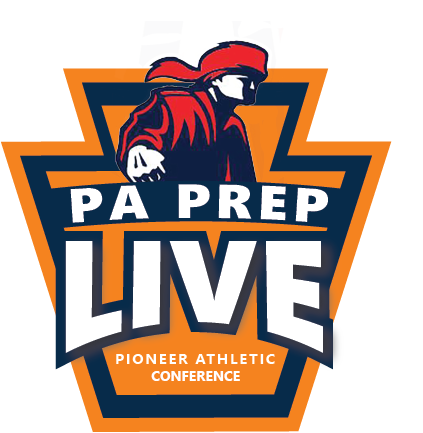
Despite the rise of the spread, run-dominant teams can still find success
Recently West Chester Henderson coach Steve Mitten found himself watching footage from the 1949 Sugar Bowl, between the University of North Carolina and Oklahoma University.
Steve’s father, Bob Mitten, was a defensive tackle for the Tar Heels, but outside of getting a chance to see his father play in a bowl game, another thing stood out: both teams’ run-oriented offenses weren’t all that foreign from those Mitten’s has employed.
“Oklahoma was running the veer option and UNC ran the single wing,” Mitten recalled. “It wasn’t a whole lot different than Downingtown West or (West Chester) Rustin or playing a team like us.”
The veer and single wing, otherwise referred to as the Wildcat these days, have not gone extinct, even with the flourishing of the spread offense.
At the high school level, especially these run-dominant schemes give smaller teams, physically and numbers-wise, options. And no one in the Ches-Mont has displayed this philosophy, or even had more success, than Henderson and Rustin.
Back in that ’49 Sugar Bowl the two top-five schools combined to throw 25 passes. In the five meetings with Rustin since Mitten took over at Henderson, the two schools average 16 combined passes per game.
It almost feels like watching a vintage game, but the two programs continue rack up wins.

“I still say, if they have their druthers, every high school football team wants to run the football,” Mitten said. “The past five to 10 years, I don’t know who’s run the ball a greater percentage than we have. The run game is integral to our success and will be forever.”
Like any offense, it’s the athletes that make or break a system. For Rustin, despite a wing-T offense that can become predictable at times, it has been blessed with big linemen up front and talented, game-breaking backs.
From Steve Hess, when the program was birthed, to Rondell White, when Rustin was put on the map, to Terry Loper, a 2,000-yard rusher, the Golden Knights follow the premise that you don’t have to be tricky if you can line up and push around the opponent.
“The biggest thing is, mostly everybody is running the spread with inside and outside zones,” Rustin coach Mike St. Clair said. “Guys are using the whole field instead of smash-mouth football.”
Even when Rustin had star receiver Anthony Nash, who’s currently in training camp with the Denver Broncos, the Golden Knights averaged a mere nine pass attempts a game.
While teams continue to try to find ways to spread defenses out and get speed going in every direction, Rustin will give you exactly what you expect and dare you to stop it.
“We stay with the wing-T because it’s an offense that has always worked through time,” St. Clair said. “Through the years we’ve always had high-scoring offenses that controlled the ball and kept teams away from the ball.”
Run-oriented offenses are part mindset, part personnel. Rustin has never had a dynamic passer, though Andrew Fithian excelled in Nash’s first season, so the obvious choice is to hand it off more than throw it.
Henderson’s option offense requires a different type of quarterback, typically one with the ability to run. Following his predecessor, Joe Walsh, Mitten has gone with smart, dependable quarterbacks with some athleticism as the offense has began using the shotgun formation more often.
This fall the Warriors will again be quarterbacked by Joe Saulino, and he attempted more passes than any other QB under Mitten with a whopping 130 last regular season. But come playoff time, Henderson threw just seven total passes in two wins before tossing 12 in a loss to Springfield (Delco).
“Our system evolves around the players we have,” Mitten said. “We spread it out a little more last year, but with that said, when playoff time came last year we transitioned back to veer and midline more. Teams that practice against those year in and year out, week in and week out, it’s tough to run against supreme defenses at the bigger schools. Where teams don’t see the veer or midline, they can be pretty effective for us.”
In the past five years, Henderson has averaged about 52 passing yards per regular season game while Rustin lights up the air with 70.
If Rustin’s had great backs, Henderson has had its fair share recently as well, with Jabair Kahn, Zach Jones, Trey Green and currently CJ Preston, among others.
As two of the smaller schools in the Ches-Mont, the pickings aren’t always going to be abundant. Henderson and Rustin are examples of finding a good athlete or two to carry the ball and enough linemen to block, and making it work. Now, with the move to six classifications in football, the West Chester schools are once again on an even playing field in the district playoffs.
“They make you play a very honest form of defense,” Great Valley coach Dan Ellis said. “Those offenses are designed to get guys the ball multiple ways and take advantage of great slots and a fullback.”
As tough as good spread teams make it on defenses, hard-nosed, physical running teams still have a place.
